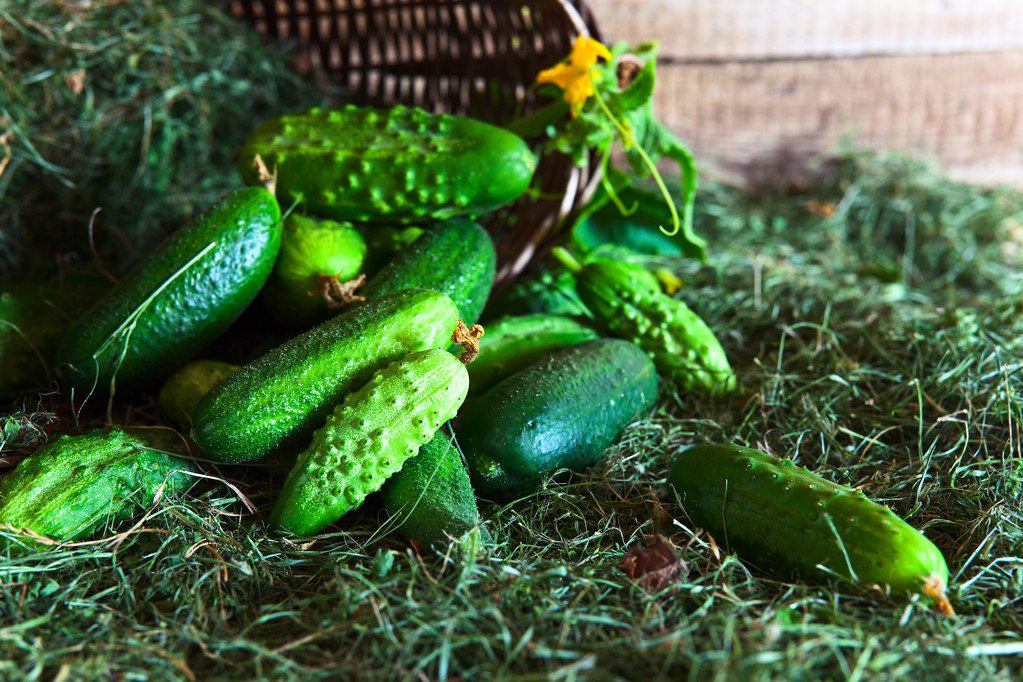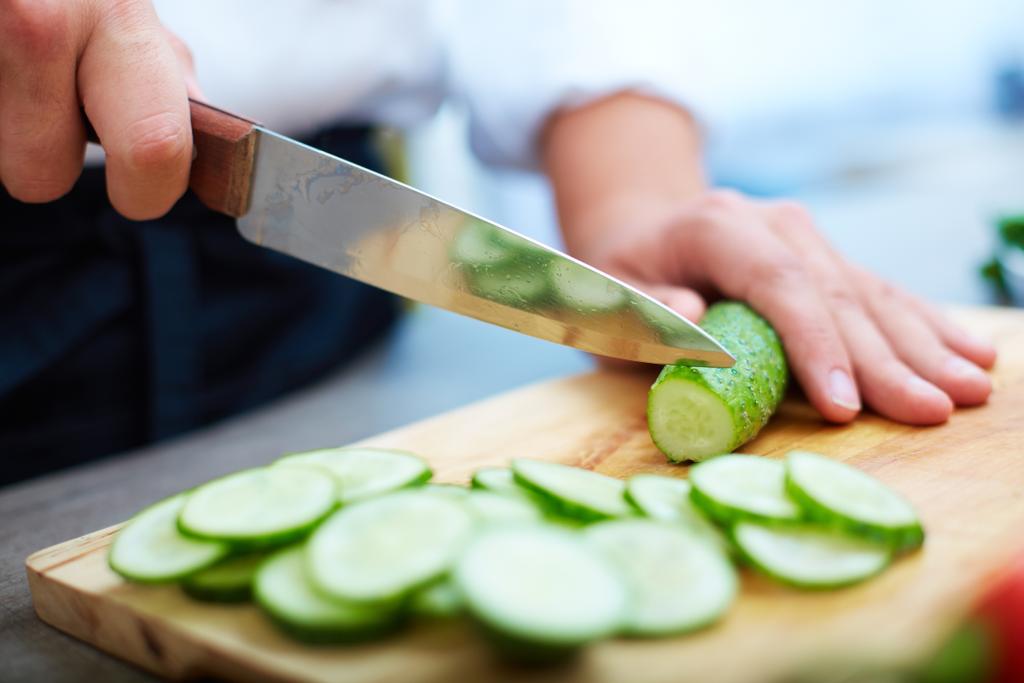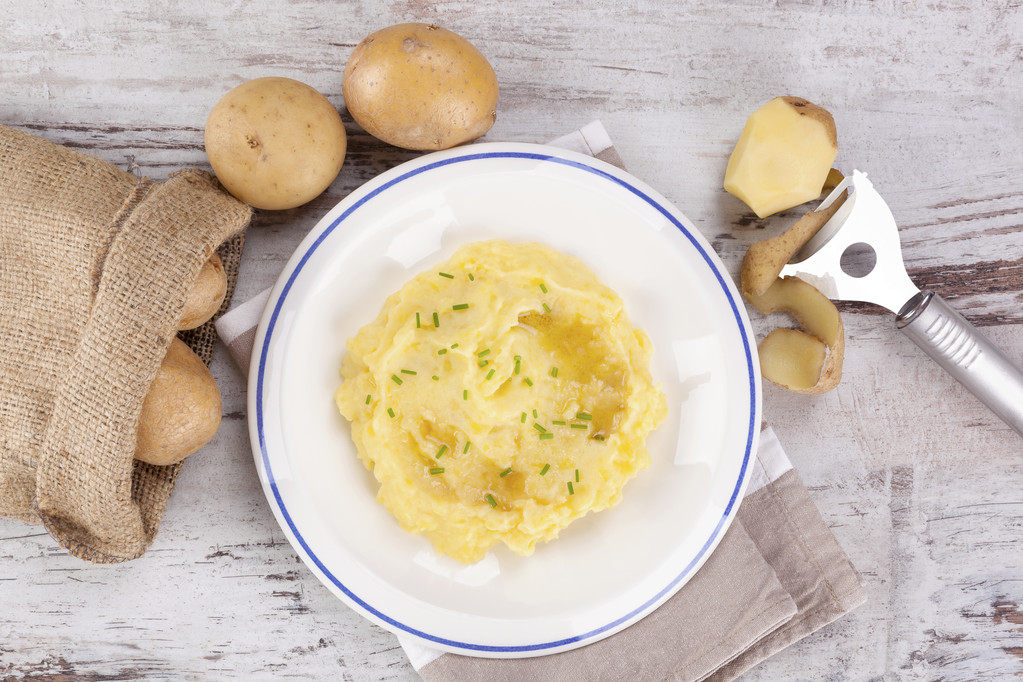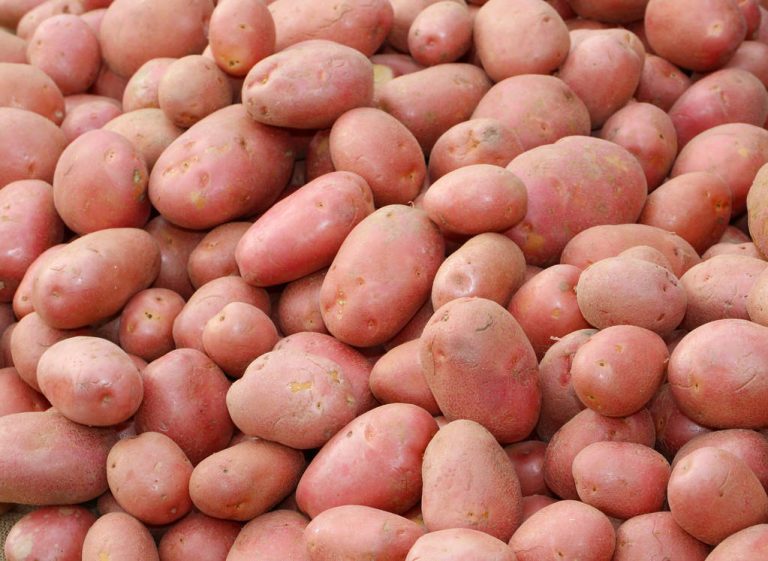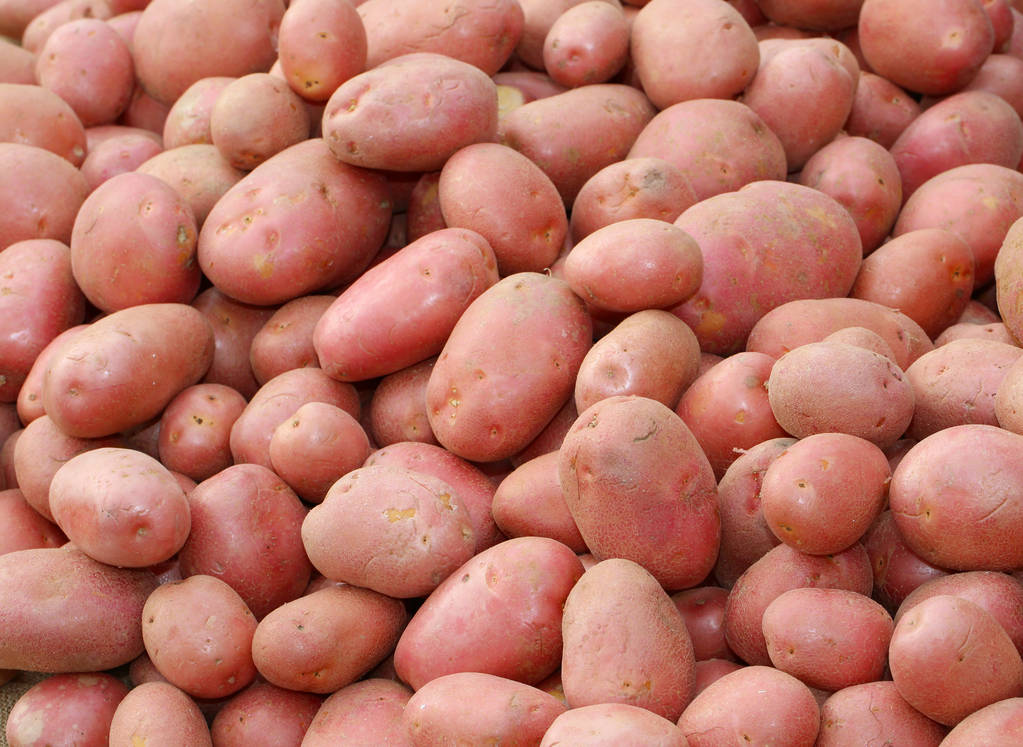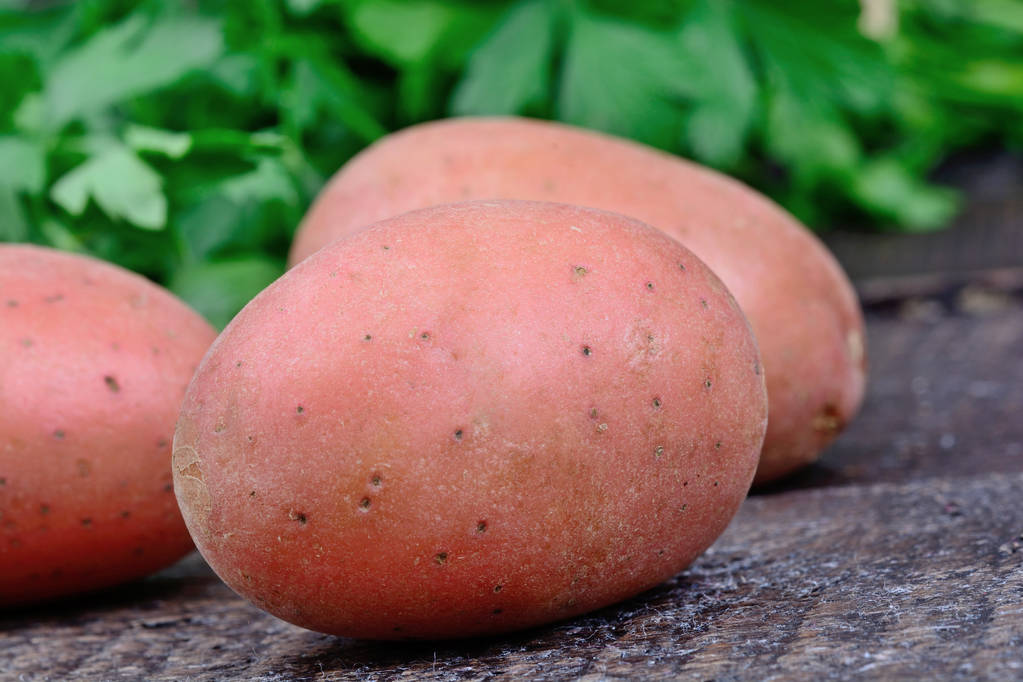Many useful tips for the first date. The right place, the right greeting, and the best outfit. Try to apply these basic rules when you first meet and get to know each other, and you will be more successful in flirting with your dream partner.
Tips for conversation and behavior for the first date at a glance. Because the right communication helps enormously on the first date. We have therefore collected many tips and tricks for the right communication for the first date.
1) Conversational skills
If you notice that the conversation is only faltering or tormented, you should take the lead in the conversation into your own hands. Make sure, however, that you let your flirt partner have a say.

2) Tell about yourself
You are welcome to tell something about yourself, but you should not go into too much depth and not fall into lengthy, excessive monologues.
3) Take an interest in the other person
Make your flirt partner feel that you are interested and ask them questions. Make sure, however, that these are not questions that can be answered immediately with a short “yes” or “no”, but rather questions like “What do you prefer … (e.g. on vacation)”, otherwise you will quickly lose it topic of conversation.
4) Silence can be good
Occasionally, however, a brief silence may be appropriate, for example when the other person has said things worth thinking about or when you want to encourage the other person to continue talking and make them feel like you are listening.
5) Don’t push on the first date
Don’t push for more when saying goodbye. At the end of the date, of course, you think about whether you should kiss the other person now or insist on another date.
Less is more here, so be sure to avoid intrusiveness. Desperate last-minute pick-up attempts are more likely to put your flirt partner to flight. You should be patient and prefer not to kiss if the other person has not already indicated that you are sufficiently willing to do so. Consequently, interpreting body language when kissing is important.
6) Disengage without obligation
In addition, it sometimes makes sense not to immediately insist on another meeting when saying goodbye. This can seem intrusive. Take it easy, because if you seem like you’re begging for another date, you’re in bad shape.
The same applies here: If the flirt partner does not signal that he would also like to have a second date, a little restraint is often better. Arrange a phone call or email and leave the rest open for now.
First date tips on outfit and clothes

There are a few things you should definitely consider when choosing an outfit. It is actually a matter of course that you appear on the first date in clean and well-groomed clothes. In general, it also helps to pay attention to certain clothing signals when flirting and dating. We have put together tips for the right clothes when flirting
- But even if you leave the house freshly showered and tidy in the morning, stains or sweat can appear on your clothes during the day. If you are then forced to go straight to the date due to time pressure, you may feel insecure. You should therefore not forget to choose the time of the date so that you can change it after work or another activity.
- On a date, you should always wear clothes that you feel comfortable in. Things should not be too tight or uncomfortable. It calms you down and gives you security.
- Men should also be aware that women like to draw conclusions about the character of the wearer from men’s shoes. Modern and well-kept shoes score far more than ancient shoes, as the former stand for good taste, cleanliness, and order.
- A confident, natural appearance is always attractive. So don’t bother too much with the clothes, just follow the basic rules.
- Remember that last impressions are especially important on a first date. He will be remembered by your flirt partner and often decides on the further course of their flirt.










